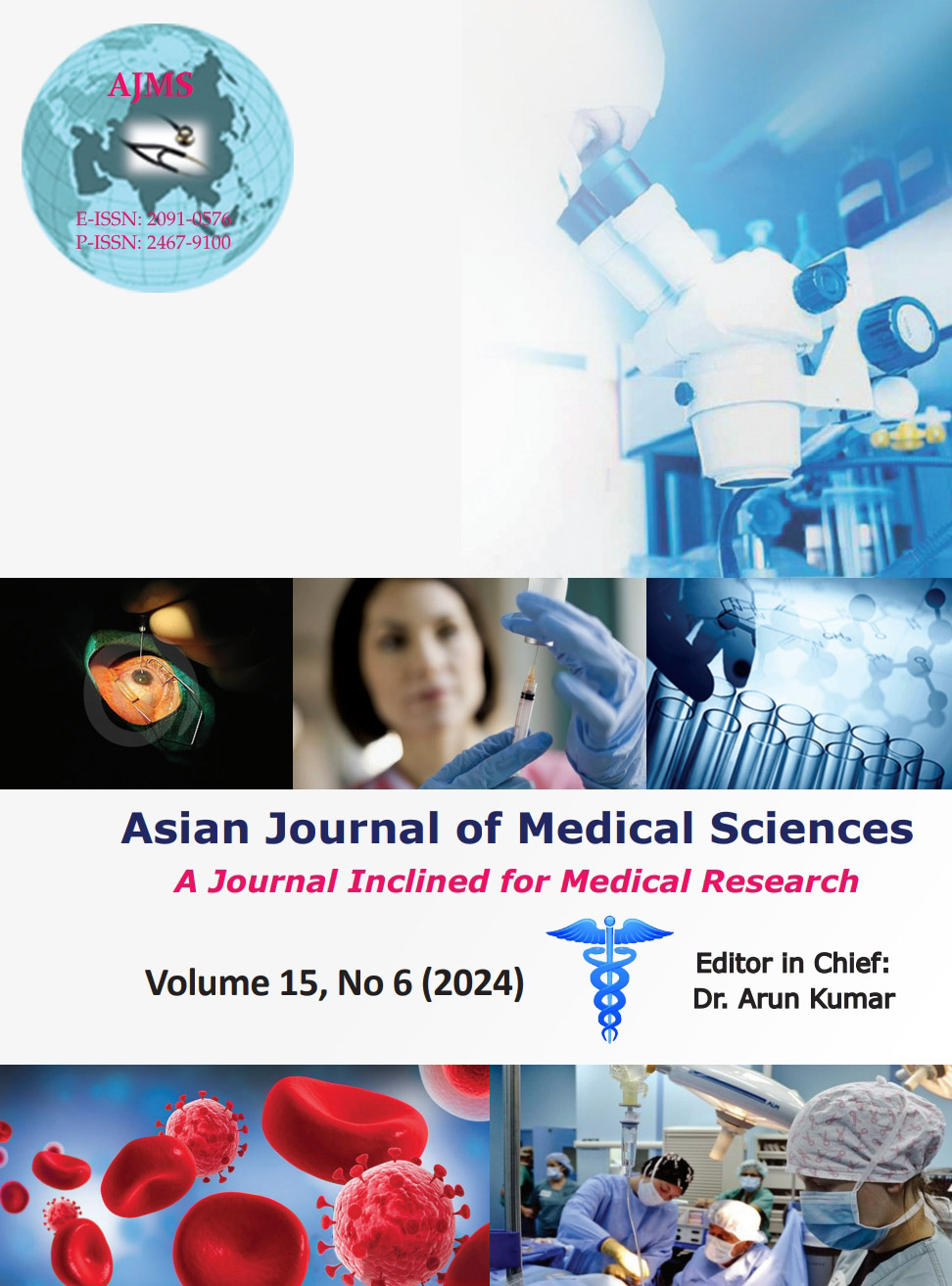Cardiovascular risk score predictive accuracy and subclinical atherosclerosis correlation in the Indian population: A cross-sectional study
Keywords:
Cardiovascular risk assessment; Subclinical atherosclerosis; Risk predictionAbstract
Background: Estimation of the risk of future atherosclerotic cardiovascular (CV) events is an important step in the primary prevention of CV events. However, the relative accuracy of the various currently available CV risk scores is not validated in Indians.
Aims and Objectives: The study was done to compare the accuracy of three clinically relevant CV risk assessment algorithms in the South Indian population and to validate the risk scores by correlating with the measures of subclinical atherosclerosis.
Materials and Methods: This cross-sectional study was conducted among patients attending a chest pain clinic at a Tertiary care center in South India. The study included subjects ≥30 years of age, with no previous coronary artery disease (CAD) and major cardiac illness. Totally 110 subjects were included in the study. Detailed clinical evaluation and routine investigations were done. The 10-year CV risk for each subject was calculated using the three risk scores – Framingham, American College of Cardiology/American Heart Association (ACC/AHA), and Q risk score. The risk scores of all patients were then correlated with their corresponding carotid intima-media thickness (CIMT) measured using carotid Doppler and coronary angiography results.
Results: The mean age of the study population was 51.45±9.01 years and the majority of them were females (57.2%). CAD patients demonstrated significantly increased CIMT. There was a significant positive correlation (P<0.001) between all three risk scores and carotid intimal medial thickness. As the carotid intimal medial thickness increases, the risk scores also increased (as shown by Pearsons’s correlation coefficient). Similarly, all three risk scores also showed a significant positive correlation (P<0.001) with the severity of CAD as assessed by CAG (as shown by one-way analysis of variance). The ACC/AHA score was the best score with a slightly higher accuracy of 69.9% than that of Q risk score (69.5%). The accuracy of Framingham’s score was found to be 68.3%.
Conclusion: ACC/AHA and Q risk score may be the most appropriate CV risk assessment algorithm for use in Indian populations at present. However, large-scale prospective studies are needed to confirm these findings.
Downloads
Downloads
Published
How to Cite
Issue
Section
License
Copyright (c) 2024 Asian Journal of Medical Sciences

This work is licensed under a Creative Commons Attribution-NonCommercial 4.0 International License.
Authors who publish with this journal agree to the following terms:
- The journal holds copyright and publishes the work under a Creative Commons CC-BY-NC license that permits use, distribution and reprduction in any medium, provided the original work is properly cited and is not used for commercial purposes. The journal should be recognised as the original publisher of this work.
- Authors are able to enter into separate, additional contractual arrangements for the non-exclusive distribution of the journal's published version of the work (e.g., post it to an institutional repository or publish it in a book), with an acknowledgement of its initial publication in this journal.
- Authors are permitted and encouraged to post their work online (e.g., in institutional repositories or on their website) prior to and during the submission process, as it can lead to productive exchanges, as well as earlier and greater citation of published work (See The Effect of Open Access).




